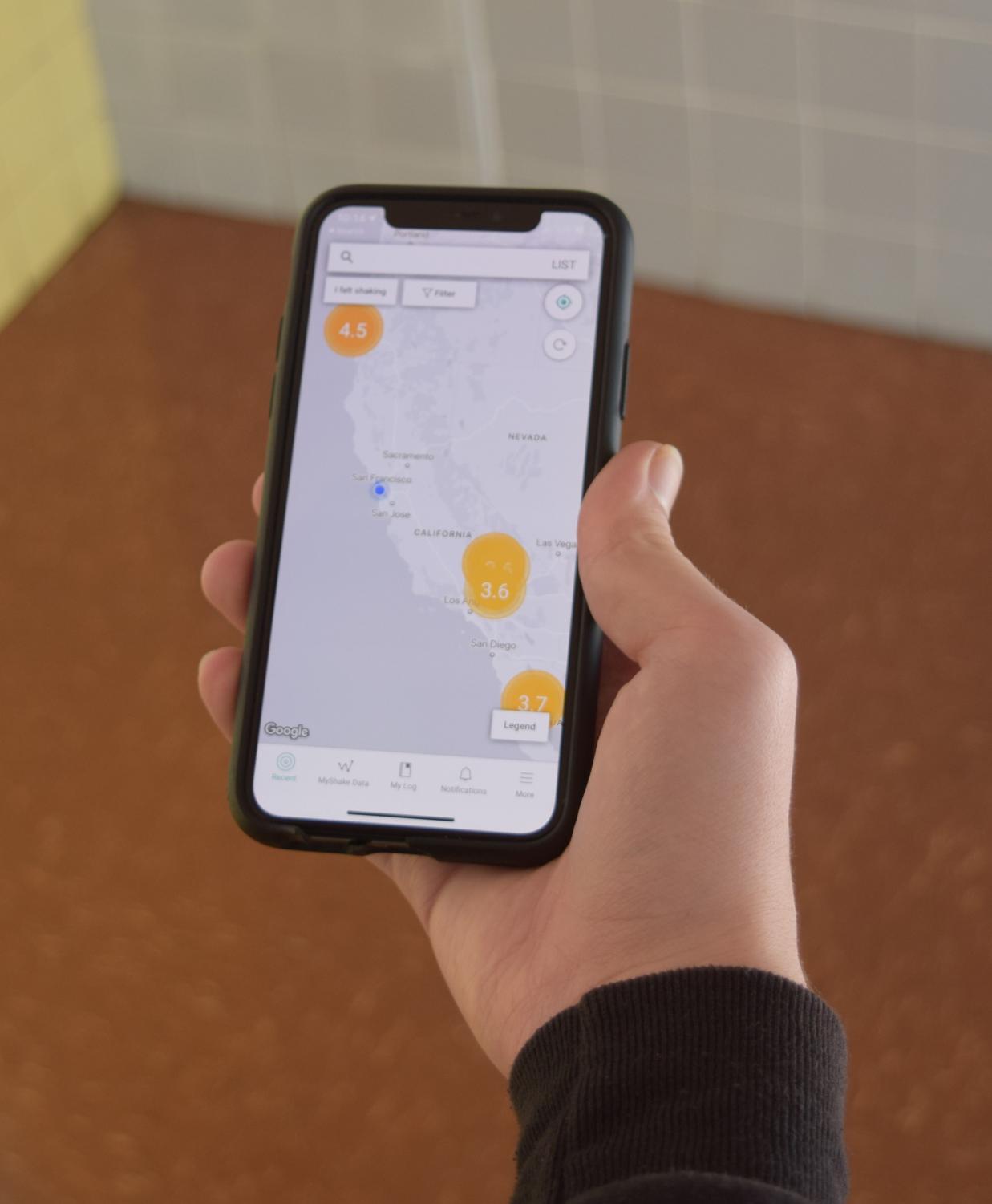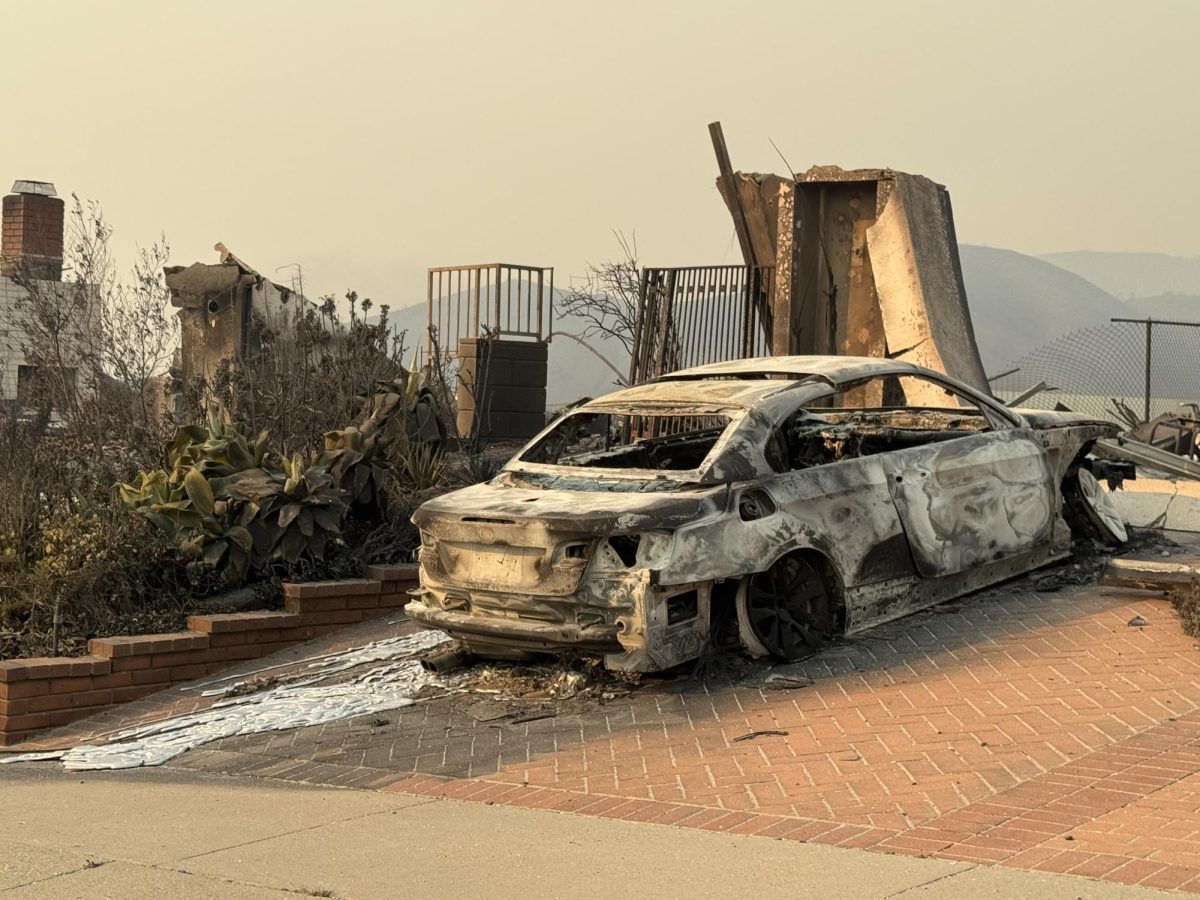On Oct. 17, 1989 at 5:04pm, a 6.9 magnitude earthquake shook San Francisco. The earthquake caused 63 deaths, nearly 3,800 injuries, and approximately $6 billion in property damages.
A part of the top deck of the Bay Bridge collapsed because of the shaking. This was a warning and the motivation for California to create laws for newly built structures and to start retrofitting already built complexes like schools and bridges to make them more resistant to earthquakes.
Since then, there have been hundreds, thousands of earthquakes in California.
The Ridgecrest 6.4 and 7.1 earthquakes shook Southern California on July 4 and 5. There were over 1,400 aftershocks.
There was also the 1999 Hector Mine earthquake, which was a magnitude of 7.1.
The closest major earthquake to San Francisco was the 6.0 magnitude 2014 South Napa earthquake which caused nearly $1 billion in damages.
Geologists have recently launched an early warning system, also known as “ShakeAlert” on the 30th anniversary of Loma Prieta to alert Californians that there is an earthquake coming. These warnings will be issued in two ways: a smartphone app called MyShake or the notification system that sends out Amber Alerts.
Their first test of this system was when quakes the magnitude of 4.5 and 4.7 hit Central California. Alerts rang phones with a median time of 1.6 to 2.1 seconds. Even though this is not enough time to take cover, it is better than taking cover right when an earthquake happens.
So far, alerts will only give people less than 5 seconds to take potentially life-saving action. There are also rare circumstances that one may receive a ShakeAlert with no earthquake in response.
Officials say that this is a far from perfect system however, they hope to give people time to protect themselves.
Users not only see earthquakes in California, but also can see earthquakes all over the world: the location, time, and 3.5+ magnitude.
California is not the first to develop this system. For example, Mexico City’s Early Warning System has sensors off Mexico’s coast that warn of strong shaking. It has been operating since 1991.
Japan has the most sophisticated system in the world. Originally developed for stopping high-speed trains, they used the same system to detect earthquakes and have been issuing public warnings since 2007.
People like the idea of an an early warning system; however, some would like at least a minute notice, which will come in time through new technology.









